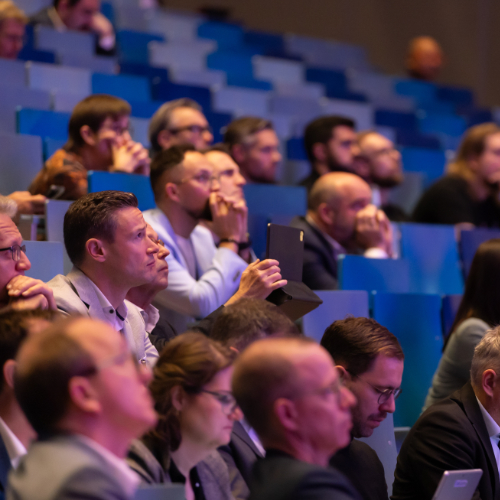Innovation, transfer and material strategies in the Danube region recorded
First results of policy mapping in the RTIT project
In the first half of 2024, the RTIT project focused on the innovation, transfer and material strategies of the Danube region countries involved. The aim was to record the current status. On the one hand, this was intended to provide a solid foundation for further content-related work in the project's thematic groups and, on the other, to create a basis for developing recommendations for the action plan as the project progressed.
Bayern Innovativ and the New Materials Cluster are in charge of policy mapping in the RTIT project and coordinated the surveys of the thirteen project partners from the eight participating countries. The questions were to what extent independent strategies for knowledge, technology and innovation transfer and materials (technologies) exist in each case, which priorities are mentioned in them and how high the level of detail is. The extent to which these strategies are linked to national and European strategies (e.g. European Green Deal or Industrial Strategy for Europe) and whether the UN Sustainable Development Goals (SDGs) are taken into account were also examined.
The data collected from the countries was then evaluated by Bayern Innovativ. This revealed major differences between the individual countries, from which recommendations for action can be derived in the course of the project.
The following initial results emerged from the evaluation
- Strong differences in the number of strategies in the individual countries, some regional strategies, some only national strategies
- Differences in the focus of the individual strategies: While there are some innovation strategies or regional development strategies that focus thematically on (material) technologies, there are also some that remain very general. At the same time, certain focus topics are emphasized in separate strategies - often in the area of bioeconomy.
- This is also reflected in the level of detail and KPIs: in some cases, very clear development goals are stated and regional/national focus topics or industries are highlighted (also in connection with the Smart Specialization Strategies), while this is completely absent in other strategies.
- While most strategies already have a clear positioning in relation to the European development goals and the SDGs, others have some catching up to do
- In this context, it can be seen that older strategies work with shorter timeframes, while more recent strategies not only have longer timeframes, but have also adapted these to the corresponding timeframes of the EU strategies and UN Agenda 2023.
- Interesting in the context of the international project: some strategies explicitly include the neighboring countries with regard to future developments and mutual complementarities.
- In the area of materials, it became apparent that raw material security and extraction is included in most strategies (critical supply, extraction, replacement). Although clear focus industries and development paths are mentioned in some cases, no preferred technologies or material types are usually explicitly highlighted (exception: separate strategies for lightweight construction or nanomaterials).
- Overall, it became clear that there is a steadily widening gap between traditional industries and explicit high-tech promotion (also due to regional characteristics and development histories). This also has an impact on labor mobility and could have negative consequences for regional and cultural identities.
- It was also shown that, on the one hand, a great deal of data is available, but that this is not shared across the country or Europe, or that there is hardly any data available, which makes a Europe-wide comparison or the measurement of developments difficult.
- In addition, it appears that the overall number of strategies in a country seems to decrease by focusing on topics and a clear orientation of future development with concrete goals as soon as a reference to the European strategies and/or the SDGs is established.
In the further course of the project, these initial results will be further evaluated and concrete recommendations for action will be summarized in an action plan.
About the project
"RTIT - Knowhow Communities for Accelerating RTI Transfer in the Danube Region" aims to establish knowledge communities in the field of materials and materials technology in the Danube region and thereby strengthen the transfer of knowledge, technology and innovation in the region. The project consortium consists of thirteen project partners and nine associated strategic partners from Austria, Bosnia and Herzegovina, Bulgaria, Germany, Hungary, Montenegro, Slovenia and Ukraine. Bayern Innovativ is represented in the consortium as the German partner. The lead partner is Inovaciono preduzetnički centar Tehnopolis (Innovation and Entrepreneurship Center Tehnopolis) from Montenegro.
"RTIT - Knowhow Communities for Accelerating RTI Transfer in the Danube Region" is an Interreg Danube Region project funded by the EU (Project ID DRP0200330). The duration is 01.01.2024 - 30.06.2026.








